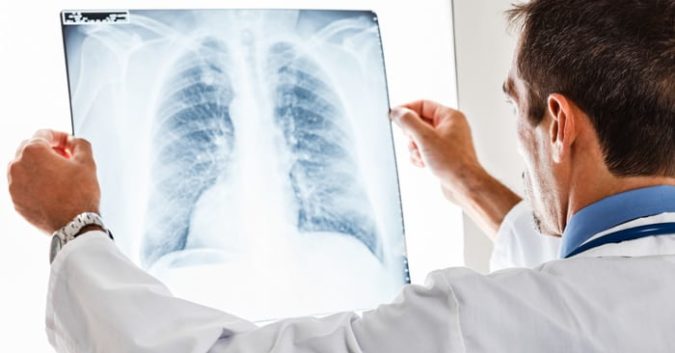When 2 years ago Johns Hopkins researchers came out and announced that medical errors were the third-leading cause of death in the U.S., it vaulted the malpractice epidemic to the forefront of the American healthcare conversation.
Americans responded in disbelief, grief, and outrage. Several people – including the web’s popular KevinMD and other top medical researchers – tried to refute the study’s findings altogether. Still, the now-famous study, led by Dr. Martin Makary, initiated a great deal of momentum behind the notion that hospitals, the very facilities we entrust with our care, aren’t always the safest of places.
This past year, additional data released by Patient Safety America (PSA) added to Johns Hopkins’s findings, estimating that the previous death toll of 250,000 was likely an underestimate. Rather, the researchers stated, the actual number of Americans that die per year from medical errors could be closer to 440,000.
No doubt, these figures are as grim as they are gargantuan. And now it seems that with the release of each new study, the claim only becomes clearer: Medical errors are much more common than most people think. In fact, they are pervasive, and chances are they hit much closer to home than we care to admit.
In fact, a survey conducted and released by the IHI/NPSF Lucian Leape Institute and NORC and the University of Chicago found that 21 percent of adults have personally experienced a medical error in their lifetime.
A Bigger Problem Than Most Think
One out of every 5 Americans is an exceedingly high rate of medical error, and according to the survey’s findings, not only are 21 percent of American adults the victims of malpractice, they are also living with the repercussions of these medical mistakes well beyond the actual incident. The survey found that when errors do occur, “they often have a lasting impact on the patient’s physical health, emotional health, financial well-being, or family relationships.”
Not to forget the aforementioned 250,000-440,000 deaths.
To complete their study, NORC took a nationwide survey of over 2,536 adults between May 12-June 26, 2017. That means out of everyone surveyed, around 530 adults admitted to being the victims of various medical errors. Furthermore, the survey revealed that 31 percent of Americans (nearly 800 individuals) know at least 1 close family member, relative, or friend – a person whose healthcare they were directly involved in – who has experienced a medical error.
While much of this might be due to misdiagnosis (Tejal Gandhi, M.D., Chief Clinical and Safety Officer at IHI reported a similar, 20-percent rate of misdiagnosis in 2016), the survey found that most commonly, medical errors occur in ambulatory or emergency settings. Gandhi, who also led the 2017 survey stated:
“Another notable finding is that the majority of people reported that errors occurred in the ambulatory setting, doctor’s office or ER or urgent care settings. Only a third of the errors occurred in a hospital setting. Traditionally people have looked at patient safety as a hospital issue but this gives attention to the fact that patient safety is an issue across the entire care continuum, not just an inpatient issue.”
Using the Data for the Greater Good
Among all the bad, there are some bright patches. Not all medical errors go unaddressed; in fact, nearly half of the survey responders noted that when they saw that an error had occurred, they reported it to the medical staff at the health care facility immediately.
Dr. Tejal Gandhi, who has been studying medical-error issue through various avenues for the past several years, also noted that “the survey results show that Americans recognize that patient safety is a critically important, but complex issue.” She continued, “The focus on diagnostic errors and the outpatient settings closely parallels other research in this area and confirms that health care improvers need to take a systems approach to safety that encompasses all settings of care, not just hospitals.”
While more than 8 out of 10 Americans believe that their safety as a patient is the sole responsibility of the health care providers, hospital staff and administrators, and not their own, Linda Kenney, President of Medically Induced Trauma Support Services (MITSS), believes the survey results show otherwise. “One of the most valuable findings is the fact that many people who experienced an error spoke up about it, [which] confirms that patients and their families are vital to informing healthcare organizations about harm and how to prevent it in the future.”
All of these studies bring us back to 1 big takeaway: Healthcare is nowhere near foolproof; we need to remain vigilant, and if we see something, say something. With medical errors, as is the case with most health-related issues, early detection is one of the most important factors when it comes to patient survival.
